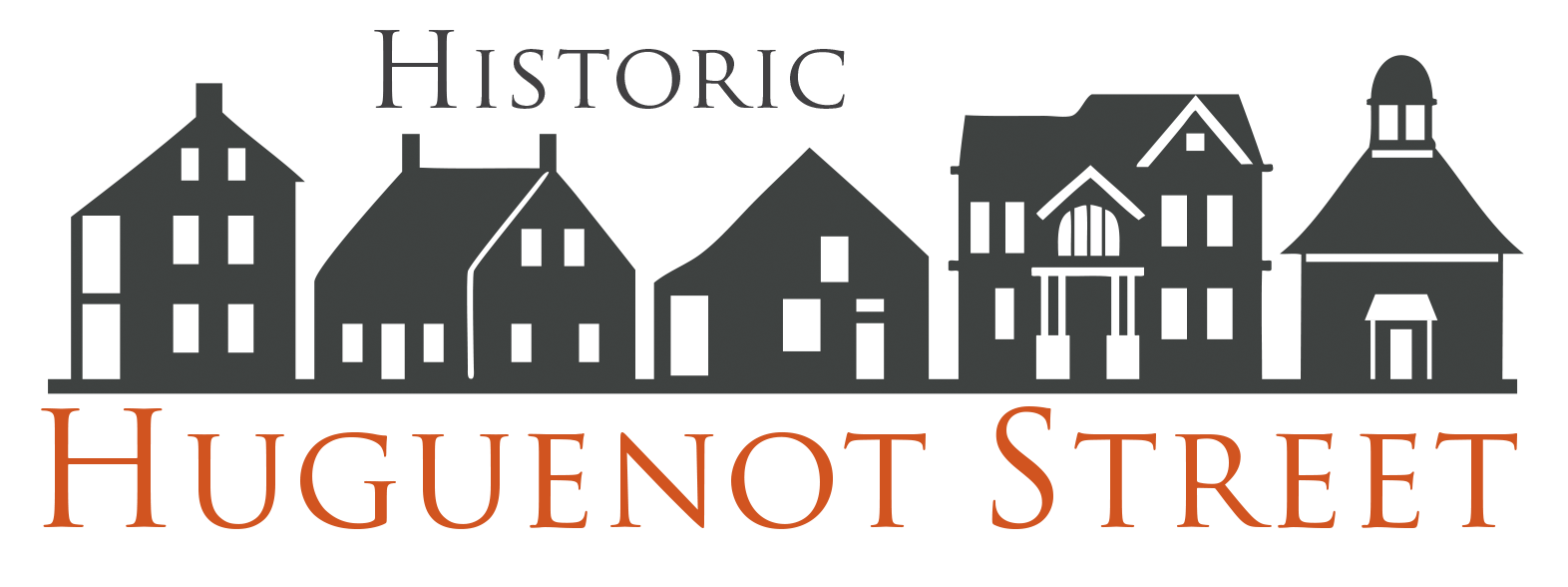DuBois Family Association
The DuBois Family Association (DBFA) was formed in 1966 to preserve and purchase the DuBois Fort, the homestead of a grandson of Louis DuBois, a patentee of New Paltz. In 1968 the DuBois Fort was purchased from the DuBois descendants of Dr. John Dingman's family with funds raised by the DBFA and given to the Huguenot Historical Society.
The DuBois Family Association formation also dedicated itself to assemble and publish the genealogy of the DuBois family. From 1968 to 1984 Ruth and William Heidgerd assembled and published 20 volumes of family history.
This comprehensive, detailed genealogy stands out for the richness of anecdotal information, and its exemplary letter/number system. Researchers agree that this system is still the easiest one to use.
The Association has added new information, corrected errors, reedited the volumes, and made them available on CD.
In June 1996, the DuBois Family Association incorporated as a 501c(3) not for profit corporation with the State of New York.
The Association continues to preserve and advance Huguenot heritage with educational programs at its reunion the third weekend in October every two years.
To become a member of the DuBois Family Association, please contact the DBFA at contact@dbfa.org.
The DuBois Fort
The "Old Fort," built in compliance with Gov. Edmund Andros' order, was to be used "for a place of Retreat and Safeguard." Although there are three gun ports on the ground floor, it is said no shots were ever fired from them.
The iron figures on the outside wall suggest the Fort was built in 1705. An early description records it as "an old fashioned one story house with a basement." The 1798 tax list indicated a one and one half story stone dwelling. In the 1830s the house evolved into the current two story structure with garret - the 18th century jambless fireplace was converted to a jammed fireplace and the two story, four bay porch verandas were added.
Until the 1920s the Fort was lived in by DuBois family members or rented to local New Paltz residents. In the 1920s it became a tearoom, and in the 1930s, a restaurant run by Elsie Hanna Oates. In 1976, Alice Crans continued the operation of this homestyle restaurant until retirement in 1990.
In 2000, the DBFA helped HHS fund a Historic Structures Report that recommends an effective planning framework for appropriate restoration of the building. Tree-ring dating with this report has confirmed the 1705 construction date.
The Fort now houses the Historic Huguenot Street Visitor Center and Museum Shop.
Family History
The DuBois family of New Paltz, NY, are descendants of Chretien DuBois (b.ca 1590) and his wife Francoise le Poivre. He was a prosperous middle class linen merchant and devout Protestant from the village of Wicres, outside of Lille. In 1659, the area was handed over by the Catholic Spanish Netherlands to the Catholic regime of Louis XIV, who imposed high taxes on the middle classes and cruelly persecuted the Protestant (Huguenot) dissidents.
Chretien was the father of seven children: Francoise (b.1622), Anne (b.1624), Louis (b.1626-d.1696), Jacques (b.1628-d.1676), Antoine, Philippe, and Toussaint .
Resentful of high taxes and fearful of religious persecution, Francoise and Jacques settled in Leyden, Holland. Meanwhile, Louis, along with other Huguenot refugees, moved to Mannheim, Germany, (near Heidelberg) on the Rhine River. This area was called Pfalz (hence the origin later of the village name of New Paltz).
While in Germany, Louis DuBois married another French Huguenot, Catherine Blanchan, in 1655. They emigrated to America in 1660 and traveled ninety miles up the Hudson River to a small community in the Kingston/Hurley area where he obtained a land grant in 1663.
Francoise and her husband Pierre Billiou also emigrated in 1661, settling in Staten Island, NY. Fourteen years later, Jacques and his wife, Pierrone Bentyn, arrived in Kingston.
In the 1660s during the "Esopus Wars," there were many hostile incidents between white settlers and the Esopus Indians. In 1663, a raid killed 21 people and Catherine Blanchan DuBois and her three children were carried off and held captive for three months before being rescued by a contingent of Dutch soldiers. During this expedition to rescue his wife, tradition has it that Louis DuBois discovered the beautiful Wallkill Valley which became his new home.
Jacques' children spread across the Hudson River and helped to establish Fishkill and Poughkeepsie. The children of Louis married the offspring of other patentees of New Paltz which gradually grew into a small self governing village. One daughter, Sarah, married a Van Meter and moved to New Jersey and then farther south. This branch of DuBoises helped open the way west and contributed to the settling of Kentucky and West Virginia.
The DuBoises and other Huguenot families of New Paltz were slave owners. Louis purchased two slaves at public auction in Kingston in 1674. The 1755 census shows Solomon DuBois as owning seven slaves. The DuBois family takes some small comfort that Catherine DuBois Cottin (Louis DuBois widow) made specific mention in her 1712 will that a manumission letter written for her slave girl Rachel in 1709 shall "remain in force and be properly observed."
Perhaps another counter balance to that history is that W.E.B. DuBois, a founding director of the NAACP and editor of The Crisis from 1910-1934, dedicates his autobiography to his great grandfather Dr. James DuBois, a physician in Poughkeepsie, who he claims is descended from Jacques in the fifth generation.
Website: www.dbfa.org
President
Karen Jones
Vice President
Vacant
Treasurer
Pamela B. Bailey
Secretary
Jenifer Scarisbrick
Director
Angela Thompson
Director
Donald Gradeless
Director
Katrina Nippert
Immediate Past President
Frances DuBois



